Professional Guide to Choosing and Building the Optimal Flight Simulator Display System.
Flight simulation enthusiasts know flight simulator projector pros and cons are important and balancing needs against Monitors or VR for the immersion factor is a challenge. Getting the display setup is critical for achieving realism, immersion, and functionality. From single monitors to advanced multi-projector systems, the range of choices can be overwhelming. In this guide, we’ll thoroughly explore the pros and cons of various display configurations, costs, technical specifications, and even the possibility of creating a 360-degree dome simulator.
Why Understand Flight Simulator Projector Pros and Cons May be the Way?
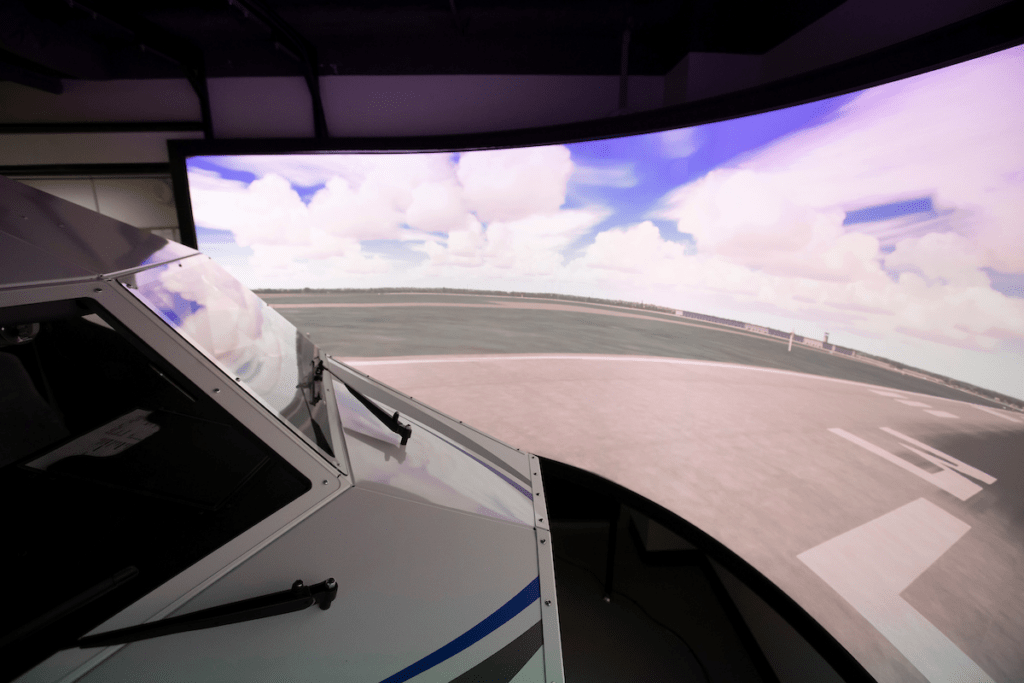
- Immersion: Projectors offer a large, seamless field of view that closely replicates real-life cockpit conditions.
- Pros: Realistic experience, wider field of view, customizable projection surfaces.
- Cons: Requires more space, higher setup complexity, potential for light interference.
- Cost-Effectiveness: While projectors might seem expensive upfront, they can be more cost-effective than multiple high-resolution monitors for large displays.
- Maintenance and Longevity:
- Pros: Many modern projectors are durable with low-maintenance requirements.
- Cons: Bulb replacements, alignment issues, and screen wear over time.
- Performance and Resolution:
- Pros: Supports ultra-large displays; great for immersive flying.
- Cons: Lower pixel density compared to monitors; dependent on quality of the projection surface.
- Flexibility: Custom setups tailored to various aircraft simulation scenarios.
- Cons: Fixed setups can limit flexibility for other gaming or productivity tasks.
What are your options When Size Matters?

If you’re a passionate flight simmer and you’ve decided to dedicate some of the garage, loft or spare room to your passion. Then we need to plan and consider your options and if a projector setup is going to be ideal or not. First, we have to consider the cost, ease of movement if that eventuates and the logistics that are required!
Going with a large, curved monitor in a 1440P or 4K resolution is for most perfect. High quality vision, high refresh rates and crisp clear visuals. Sounds pretty amazing, doesn’t it? Well, we can go multiple monitors with say a front and two side monitors.
You’re going to need a much more powerful system to power these especially when flight simulators are already enormously taxing on hardware. Some go the multiple PC path and network, but this is getting out of scope of this blog. Maybe latter ok!
The next is similar to monitors but with projectors. Projector technology has improved out of this world so quality crisp and reasonably high refresh rates are possible. Space becomes more of a premium in this path with the option of again like monitors of a single high-quality projector or multiple expanding your field of view to over 180 degrees!
Ok let’s break down the options and general costs so you can ponder how many presents you need to butter up the other half with too! Yeah, we all know!
- Latest CPU’s Available Now – Amazon.com
- Get a NEW GPU Best Performance – AMAZON.com
- Upgrade RAM Here today – AMAZON.com
- Prebuilt PC Options – AMAZON.com
1. Overview of Flight Simulator Display Setups
A. Single Monitor Setup
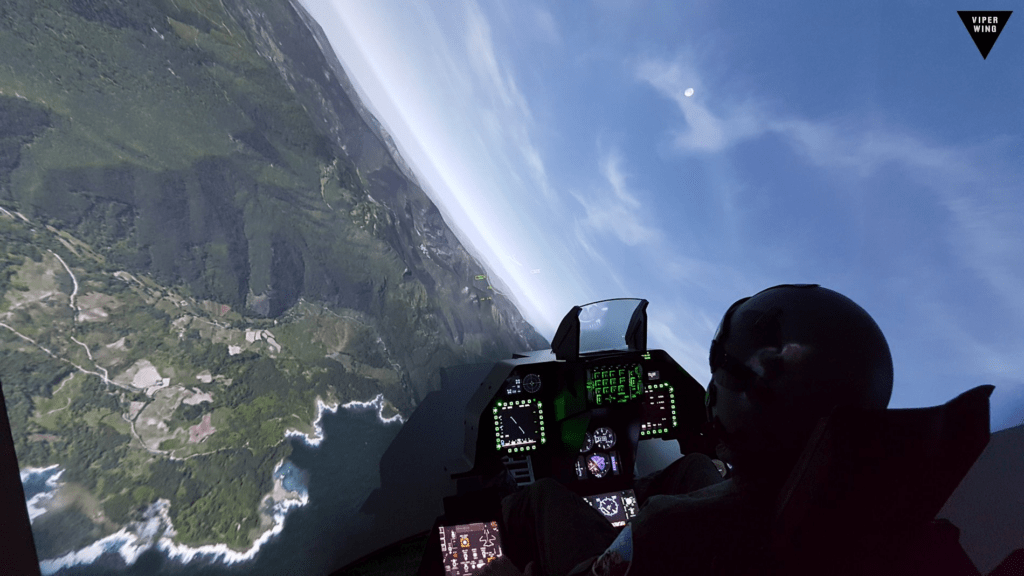
- Pros:
- Affordable: Lowest entry cost for flight simulation displays.
- Compact: Requires minimal space.
- Simple Setup: Easy configuration with standard GPU outputs.
- Cons:
- Limited Field of View (FOV): Immersion is significantly lower.
- Lacks Peripheral Vision: Ideal for basic simulation but not advanced realism.
- Cost Estimate:
- 1440p Monitors: $200–$400 (27–32″).
- 4K Monitors: $300–$700 (27–32″).
B. Multi-Monitor Setup (Flat vs. Curved)

- Flat Screens:
- Advantages: Easier to source, align, and mount. More affordable than curved screens.
- Drawbacks: Bezels can interrupt the view, reducing immersion.
- Curved Screens:
- Advantages: Enhanced immersion with reduced bezel interference. Better for wide FOV.
- Drawbacks: More expensive and requires precise alignment to maintain visual fidelity.
- Cost Estimate:
- 1440p Flat Monitors: $600–$1,200 (Triple setup).
- 4K Flat Monitors: $1,200–$2,500 (Triple setup).
- 1440p Curved Monitors: $1,000–$2,000.
- 4K Curved Monitors: $2,500–$4,500.
Additional Technical Notes:
- Alignment requires tools like NVIDIA Surround or AMD Eyefinity for optimal configuration.
- Curvature radii (e.g., 1000R) should match the viewing distance to minimize distortion.

C. VR Setup
- Pros:
- Unmatched immersion with full 360° FOV.
- Compact and requires no physical display space.
- Cons:
- Hardware demands are high (e.g., RTX 3080 or better for modern VR).
- Long sessions can cause discomfort (heat, weight, or motion sickness).
- Cost Estimate:
- High-end headsets (e.g., HP Reverb G2, Valve Index): $500–$1,200.
D. Projector Setup (Flat vs. Curved)

- Single Flat Projector:
- Best for budget-friendly large-screen visuals.
- Limited to 1:1 or slightly wide aspect ratios without additional hardware.
- Multi-Projector Curved Setup:
- Provides an ultra-wide, seamless panoramic view for full immersion.
- Requires specialized hardware and software to align and blend images.
- Cost Estimate:
- Gaming Projectors (1440p): $700–$1,500 per unit.
- 4K Projectors: $1,500–$5,000.
- 8K Projectors: $10,000+ (niche).
Technical Considerations:
- Multi-projector setups require blending and warping software such as Immersive Display Pro or Fly Elise-ng.
- High refresh rates (60Hz–120Hz) are common but depend on projector specifications.
2. Advanced 360-Degree Dome Flight Simulator
A 360-degree dome simulator offers unparalleled immersion and realism, making it the pinnacle of display setups for enthusiasts and professional training environments.
How to Build a 360-Degree Dome Simulator

- Structure:
- Create a dome frame using aluminum or steel.
- Cover the dome with a projection-friendly material, such as spandex or specialized screen fabric.
- Projectors:
- Use ultra-short-throw projectors to cover the curved surface without distortion.
- Multiple projectors are required (typically 4–6) to achieve seamless coverage.
- Alignment and Blending:
- Hardware: Ensure you have GPUs with multiple display outputs (e.g., NVIDIA RTX 4090 for multi-projector setups).
- Software: Tools like Fly Elise-ng, Immersive Display Pro, or Scalable Display help align images and correct distortion.
- Simulation Software: Microsoft Flight Simulator (MSFS), DCS World, and X-Plane 12 support wide-FOV setups with configuration tweaks.
- Windows Role:
- Windows plays a crucial role as the host operating system for configuring and synchronizing displays. Multi-monitor/projector setups are managed through Windows Display Settings in conjunction with GPU control panels.
3. Technical Breakdown: Resolution, Refresh Rates, and Hardware
Resolution
- 1440p: Excellent balance of clarity and performance; popular for mid-range setups.
- 4K: Provides stunning visuals, best suited for high-end configurations.
- 8K: Rare and extremely hardware-intensive; best for professional setups.
Refresh Rates

- Monitors: Ranges from 60Hz to 240Hz; flight simulators benefit from 120Hz+ for smoother panning.
- VR: Typically, 90Hz–120Hz; lower rates can cause motion sickness.
- Projectors: Most are capped at 60Hz–120Hz. High-refresh-rate projectors are uncommon.
4. Practical DIY: Building a Curved Projector Screen
Materials Needed:
- Frame: Plywood or aluminum for structural support.
- Screen Surface: Flexible PVC, spandex, or specialized screen material.
- Paint: Matte gray or white for optimal light diffusion.
- Hardware: Mounting brackets, tension rods, or adjustable supports.
Steps to Construct:
- Design the Frame: Calculate the curvature based on your projector’s throw distance and desired screen dimensions.
- Assemble the Frame: Use precision tools to ensure structural stability.
- Install the Screen: Stretch the material across the frame evenly, avoiding wrinkles.
- Calibrate Projectors: Align and blend projected images using software.
- Joystick / HOTAS – AMAZON.com
- Rudder Pedals – AMAZON.com
- Throttle Quadrant – AMAZON.com
- Gaming Chair – AMAZON.com
- VR Headset – AMAZON.com
Conclusion
Each display setup has its strengths and is suited for specific needs and budgets. While a single monitor or VR headset is excellent for beginners, multi-monitor and projector setups elevate the experience for dedicated enthusiasts. For those seeking the ultimate in realism, a custom-built 360-degree dome simulator offers unmatched immersion, albeit at a high cost and technical complexity.
Investing in the right software, hardware, and planning ensures your flight simulation display aligns perfectly with your ambitions.
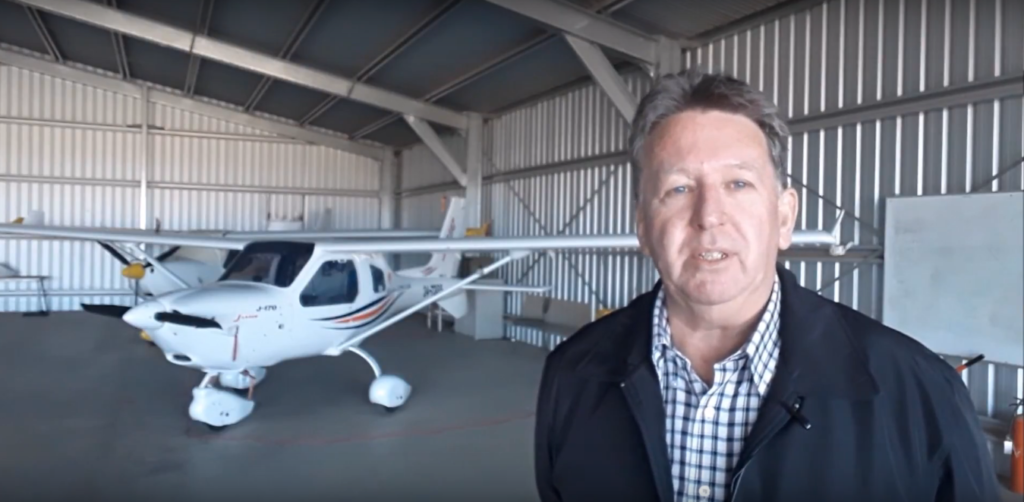
Author
Brendon McAliece (Aka Gunnie) is a military veteran with 23 years working on Jet Fighters, their weapons systems and ejection seat/module systems as well as munitions and R&D. Involved with flight simulation since the 1980s, he has flown all the major flight simulators over the years.
He is an Australian expat who has lived in Malaysia, UK, Saudi Arabia and more recently Thailand. He is a multi-lingual blogger who loves to share his life experiences here on LetsFlyVFR.com and DreamingGuitar.com, with his lifestyle and Travel experiences Blog plus his Dreaming Coffee website.
Learn More @ DreamingGuitar.com – DreamingCoffee.com – LetsFlyVFR.com
( HOME – BLOG – SHOP – ABOUT )
As an Amazon affiliate I may benefit from qualifying sales.
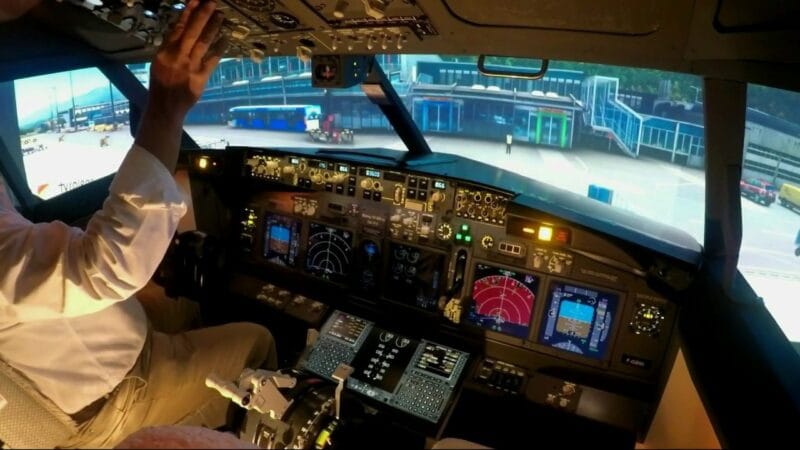
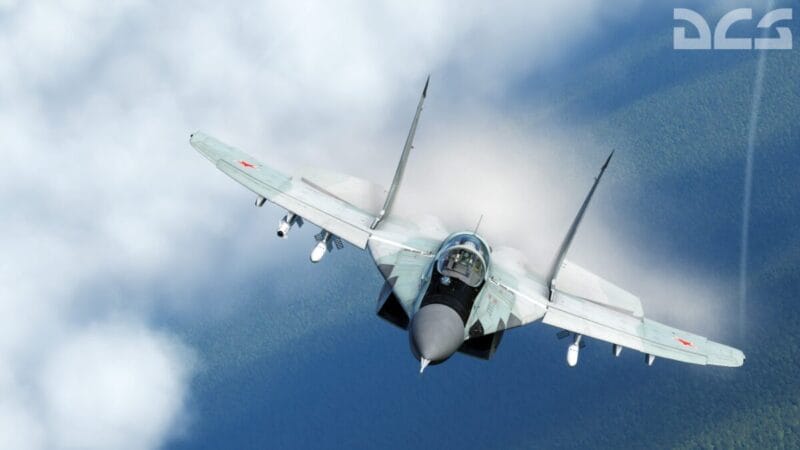

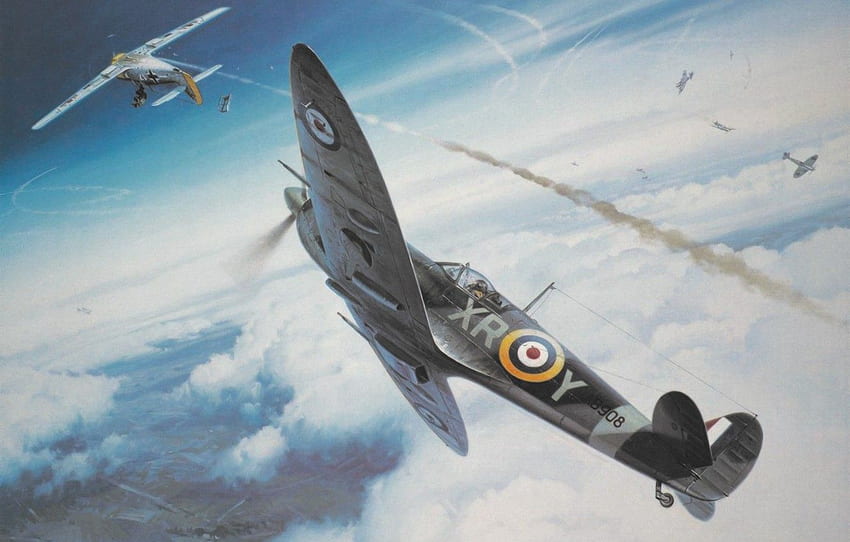


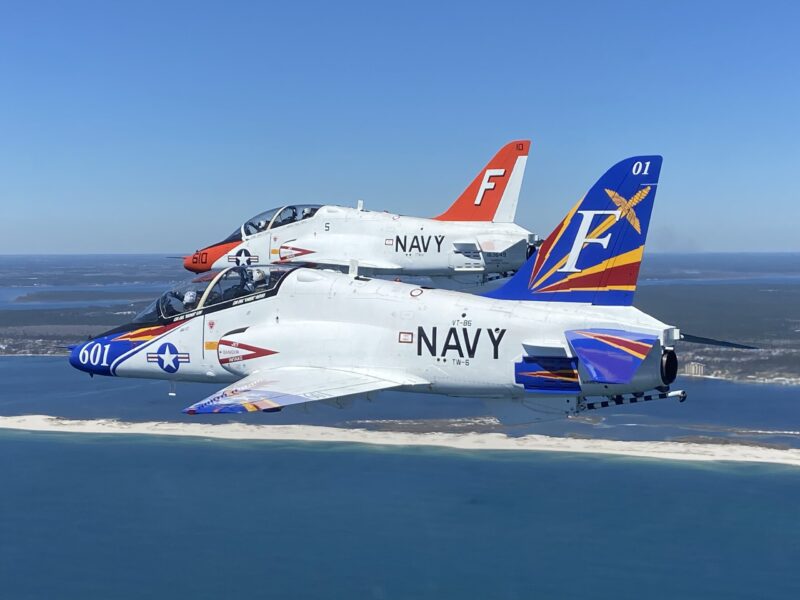



One response to “Professional Guide to Flight Simulator Projector pros and cons. Are You Ready!”